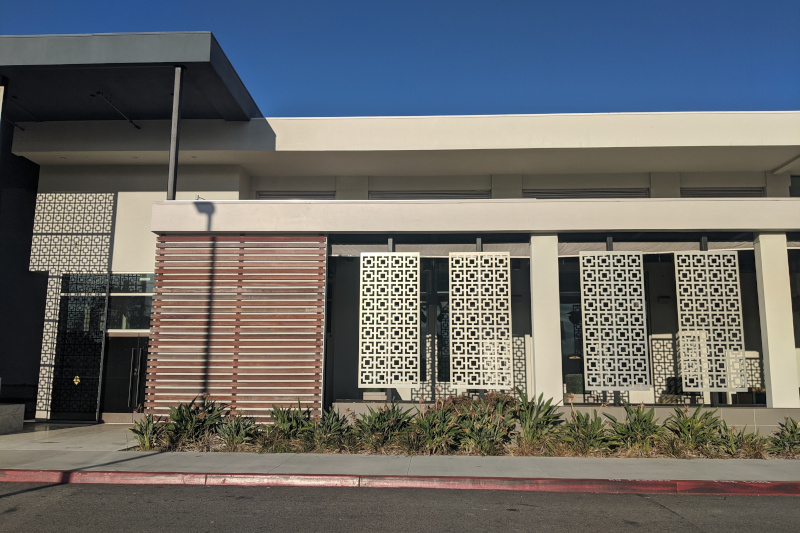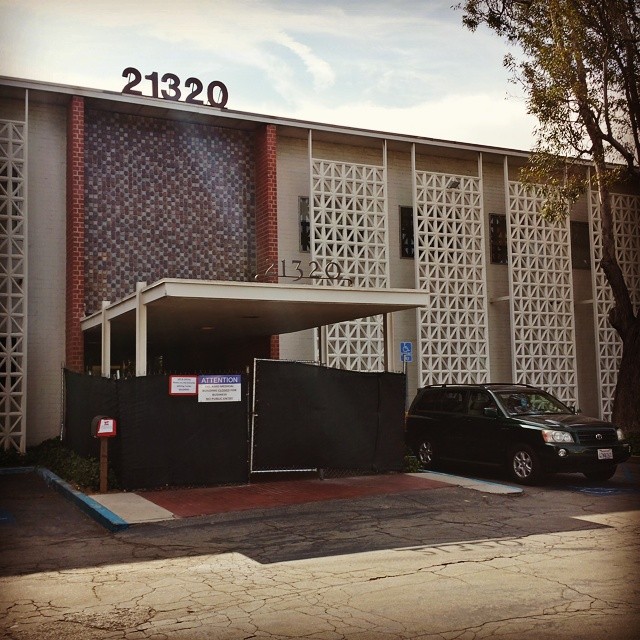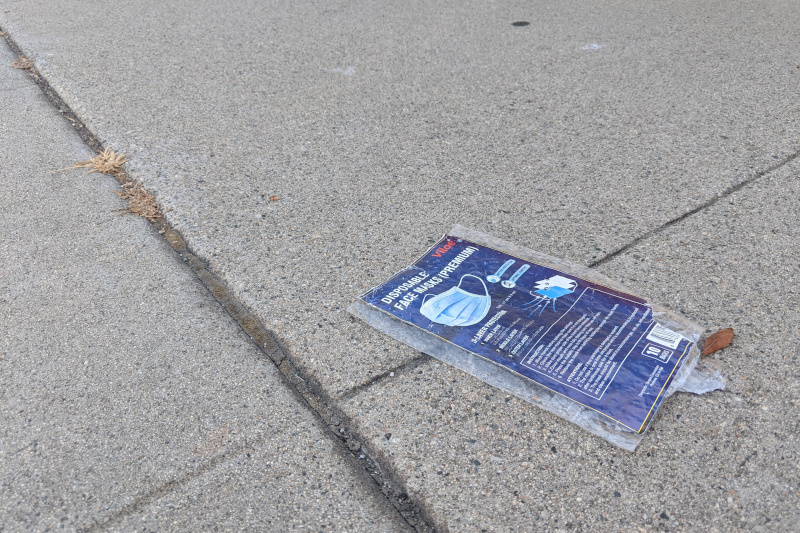
Category: Life
What DAY is it???
Finally got around to updating this meme for 2020:
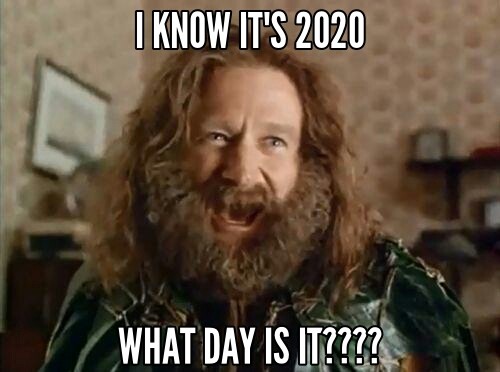
Summer Survival Rate Up
Infections are still high, but the LA/CA case-fatality rate has dropped since spring. Partly we’re spotting more of the mild cases, and younger people are a bigger percentage of cases now.
But also we’ve learned more about how to treat it:
- dexamethasone for patients on oxygen
- remdesivir shortens recovery time
- nasal oxygen turns out to be enough for many patients who would’ve been intubated
- we know about the clotting so we can jump on anti-coagulants
(Note that a certain high-profile Twitter user’s favorite covid drug treatment isn’t on that list because it doesn’t actually work on covid.)
Hark! A Spark! Standing in the Park!
It’s Pokemon Go Fest this weekend, and with a global pandemic going on, the normally travel-based event has gone virtual, with in-game events both free and paid. And, amusingly, downloadable papercrafts and stand-ups to print out.
The kiddo wanted to make a stand-up of Spark, the leader of Team Instinct. And we had the cardboard for it.
We actually managed to get out to a park and do a Dialga raid. We sort of went somewhere!
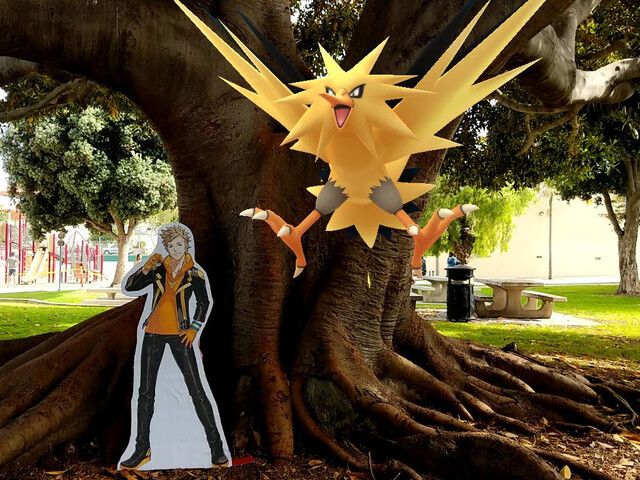
Hypothetical Jack-Boots
As usual, the people who yell the loudest about hypothetical jack-booted government thugs are perfectly happy with actual jack-booted government thugs as long as they’re aimed at someone else.
Note also that the small-government, local-is-always-better anti-Fed/states’ rights crowd is totally happy with the feds overriding the state and city government in Portland, even while they complain about state-level mandates in Sacramento.
Throw some other guy into an unmarked van? Fine! Tell me to follow health guidelines? TYRRANY!
Bar and Grille
The outside of the former Great Maple restaurant at Del Amo Fashion Center. It opened with the new upscale wing of the mall, and closed suddenly about a year later. (Like, people showed up to work and the door was locked.) Nothing’s moved in since then, and of course nothing’s likely to move in for a while now.
The facade reminds me a little of the facade on the old medical building that used to stand near the corner. It was demolished for the parking lot that came along with the mall expansion. And I have to wonder if someone was actually trying to keep a little bit of the old building’s character alive?
Closed Again
I stopped by the mall the other day to pick up dinner at one of the restaurants that’s open to the outside. The mall interior, however, is closed again as California has re-shuttered indoor gathering spots to slow down the resurgent coronavirus.

